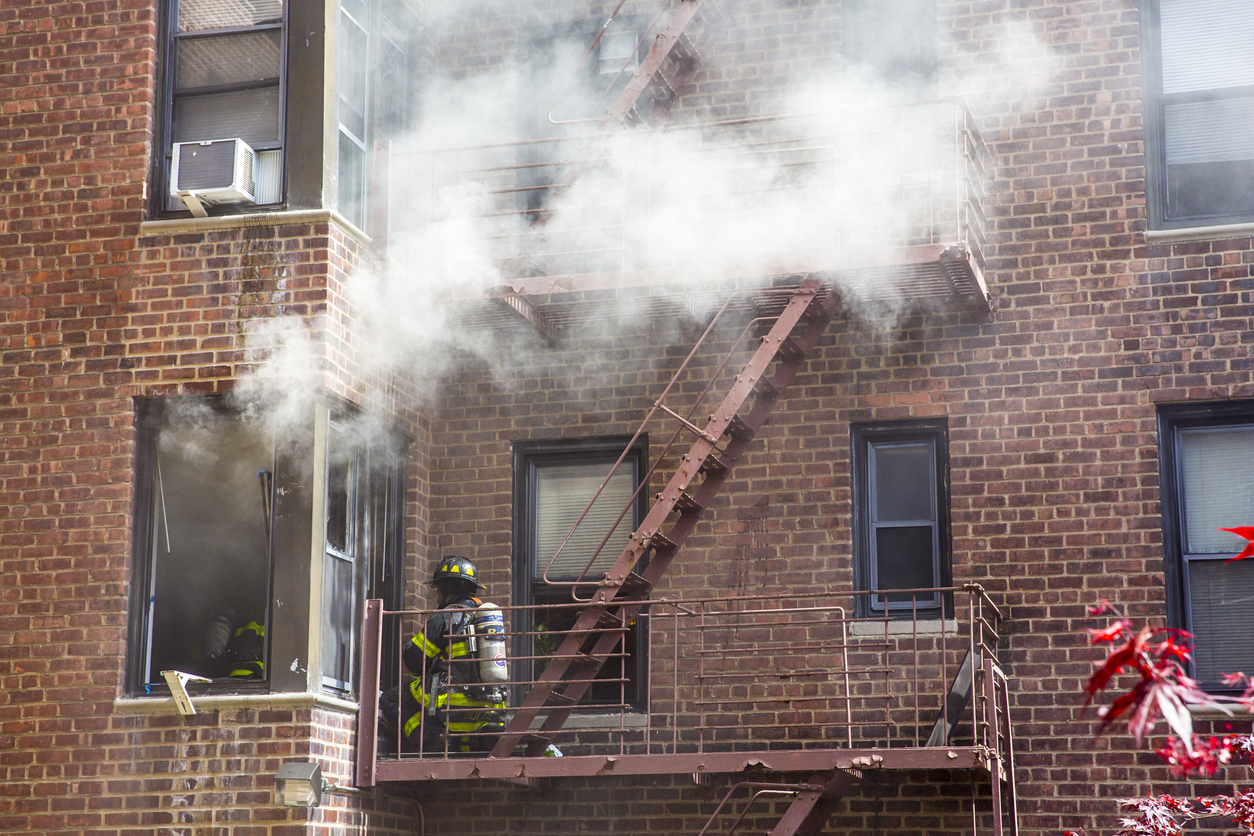
Helping firefighters understand the risk of structural collapses is essential to helping them know which buildings are safe to enter. Many risks are inherent to the job of firefighting. In addition to potential smoke inhalation and burn injuries, firefighting professionals must be aware of the risk of structural collapse.
Structural Collapses
This risk is one of the most common sources of injury and fatality on fire sites, but it’s a misunderstood liability. Equipping firefighters with an understanding of this risk can massively reduce the potential for injuries and fatalities.
What Qualifies as a Collapsed Structure?
When built correctly, a structure should have its weight evenly distributed among support beams and load-bearing walls. If this is not the case — or if damage compromises the structure — it could be vulnerable to collapse. It is a considerable risk for firefighters who enter structurally compromised buildings regularly. If the building falls in on itself, the result is a debris field that may be small but highly dense. Conversely, the debris field may be more significant and less dense if the walls collapse.
Who Is Qualified to Enter a Collapsed Structure?
Collapsed structures — or structures at risk of collapsing — should not be entered unless it is essential. If necessary, Rescue workers and emergency responders are the only people who should enter. Those who enter should have personal protective equipment, including respiratory masks, heavy-duty helmets, turnout gear, and gloves. This gear is essential for protecting responders from the hazards of a collapsed structure and ensuring that they do not inhale any contaminants and toxins in the air from the resulting debris.
What Hazards Exist in a Collapsed Structure?
In addition to toxins in the air, there are many hazards that firefighters — and other rescue workers — must be aware of. Even after a structure collapses, portions of the building may still be intact. Some walls may collapse, for example, while others remain standing. It’s important to remember that any part of a building that has not yet collapsed is likely to collapse at any moment. If a responder stands in the path of a potential collapse, they may be injured or killed. Other hazards include exposed electrical wiring, leaking gas pipes, bloodborne pathogens, and a lack of available oxygen.
How Can Firefighters Navigate a Collapsed Structure?
For firefighters to navigate a collapsed structure, they must understand the risk of structural collapses. Despite the many risks in a collapsed structure, rescue workers and firefighters often need to enter these buildings. When doing so, safety should be the primary concern. Every person who enters must be fully outfitted with PPE and exercise extreme caution when moving throughout the structure. Workers should extinguish fires, shore up a path of safe entry, and assess all potential hazards before entering a collapsed structure.
About Provident Fire Plus
At Provident Fire Plus, we offer custom-tailored packages to best protect firefighters and volunteer firefighters. We understand the risks that emergency response teams are subjected to on a daily basis, and have worked to serve these dedicated professionals for over 87 years. For more information about our products and policies, we invite you to contact our experts today at (855) 201-8880.

